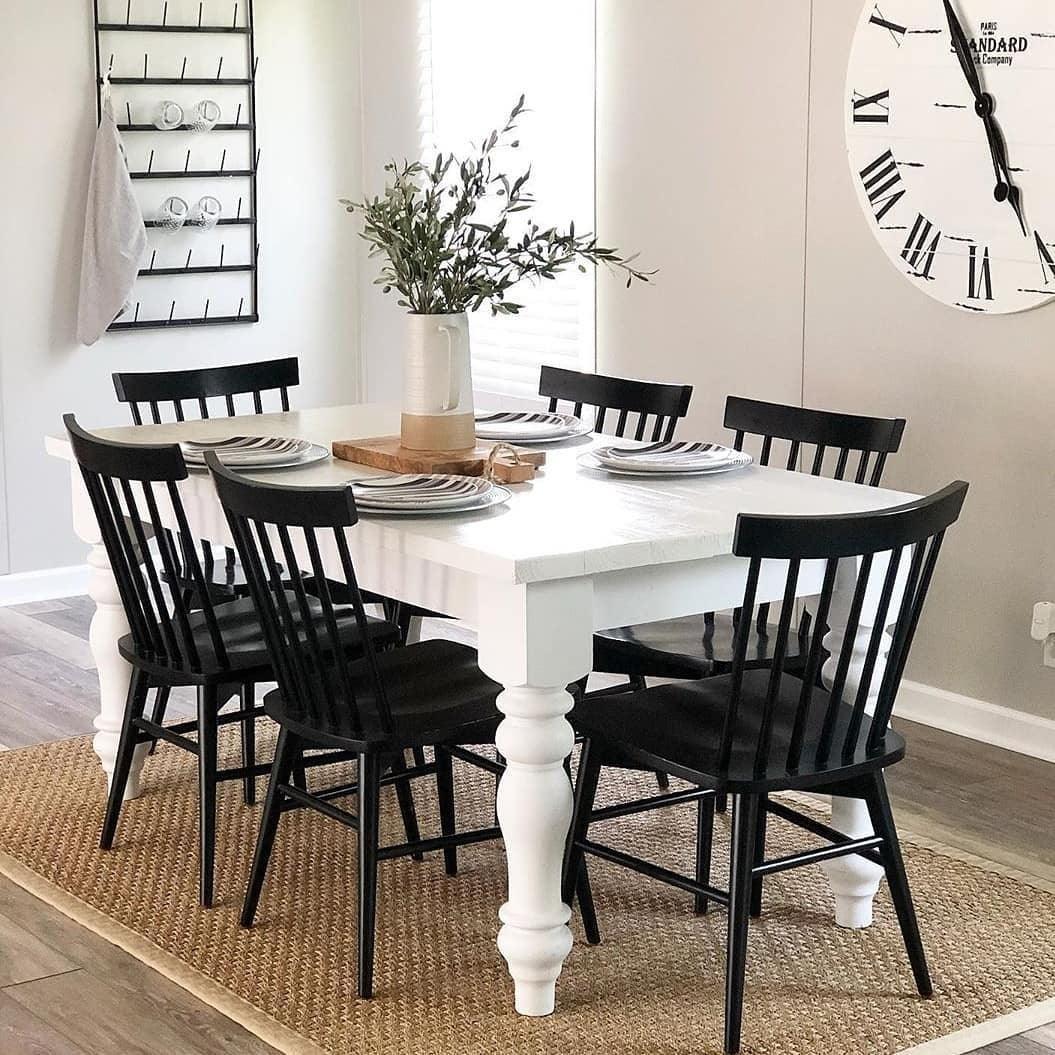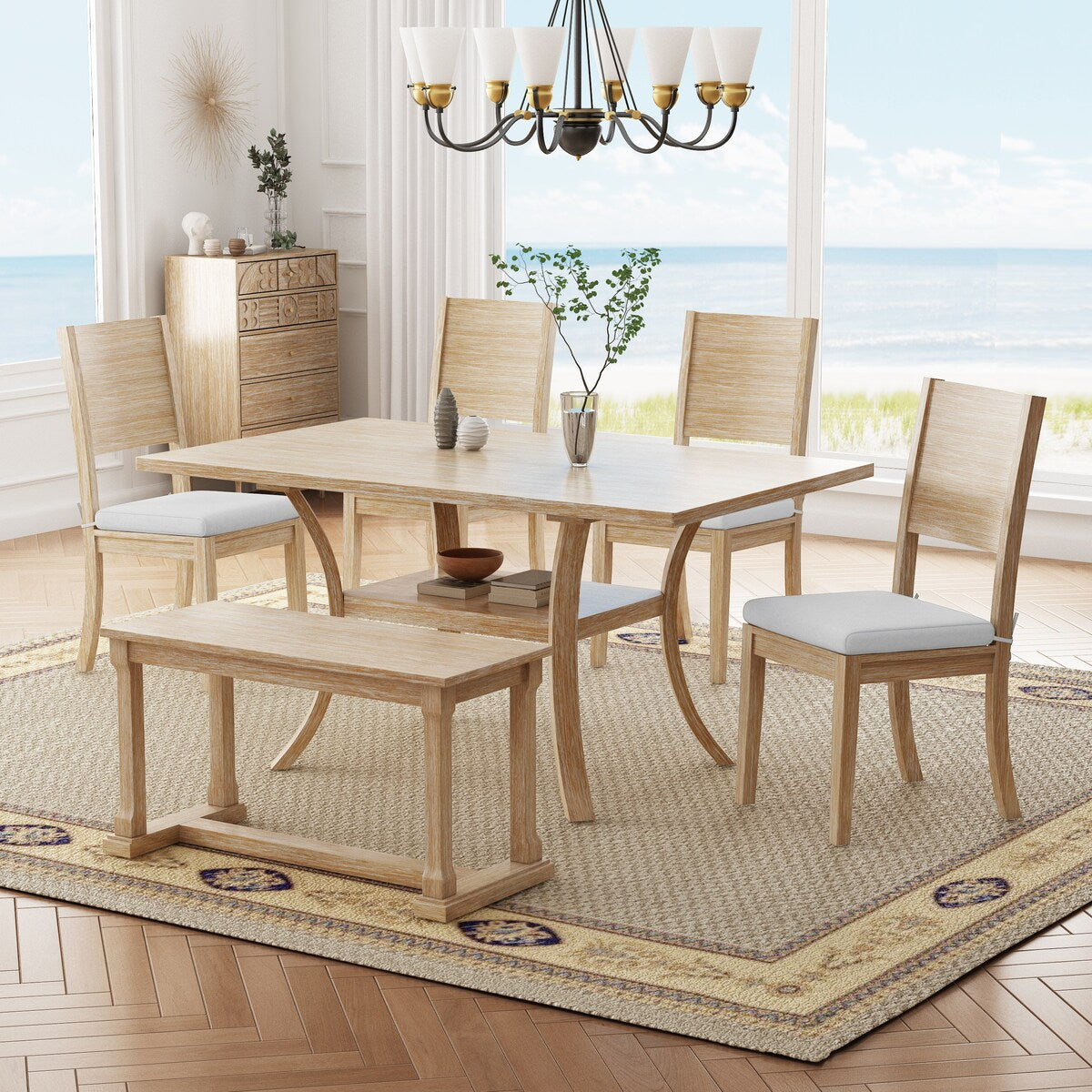How to Choose the Perfect Dining Room Table Legs for Your Home
Professional Tips for Putting Up Dining-room Table Legs for Maximum Stability
When it comes to mounting eating room table legs, accomplishing optimum stability is paramount for both capability and aesthetic appeals. What details techniques can improve security even additionally?
Pick the Right Legs
When choosing the proper legs for your eating room table, it is vital to consider both functionality and appearances. The legs you choose will dramatically influence the general design and stability of the table. Initially, assess the table's meant usage; if you anticipate frequent celebrations, stronger legs, such as those made from strong wood or metal, might be preferable, as they supply increased toughness and assistance.
Following, think about the height and style of the legs in relation to the tabletop. Standard eating tables typically vary from 28 to 30 inches in elevation, so make sure the legs line up with this requirement for comfort. The style of the legs should enhance the layout of the tabletop-- whether it be modern, rustic, or traditional. Tapered legs can add a contemporary touch, while transformed legs may convey a more timeless visual.

Select Appropriate Hardware
Just how can the best equipment enhance the stability and long life of your dining space table? The option of appropriate equipment is critical to ensuring that the legs of your table are securely attached and able to stand up to normal use. High-grade screws, bolts, and braces give the required stamina to sustain the weight of the table, as well as any extra lots positioned upon it during celebrations or dishes.
When choosing screws, select those made from long lasting products such as stainless-steel or brass, which stand up to corrosion and preserve honesty over time. The length of the screws is equally crucial; they must pass through deeply right into the table's framework without compromising integrity. For bolted connections, consider utilizing lock washers to avoid loosening up because of resonance or activity.
Furthermore, making use of edge braces can include additional support, especially for bigger tables or those with larger tops. These brackets distribute weight equally and aid preserve the table's shape. Ensuring that the equipment you choose is proper for the particular materials of your table will certainly even more enhance its total stability and durability, enabling you to enjoy your dining experience for several years to come.
Ensure Appropriate Alignment
Proper placement of dining-room table legs is essential for both visual charm and functional security. Misaligned legs can result in an uneven table top, which may not just be visually uninviting however also endanger the table's functionality. To attain ideal alignment, start by measuring the range from the table's corners to the leg add-on points. This makes certain that each leg is positioned equidistant from the sides, creating a well balanced look.
Utilize a level throughout installation to confirm that each leg is vertical to the table top. This step is critical, as also small inconsistencies can rise into considerable security issues in time. It is advisable to mark the preferred leg positions on the bottom of the table with a pencil or concealing tape before safeguarding them. This method works as an aesthetic guide, enabling modifications as required.
Furthermore, confirm the positioning after the preliminary screws are tightened up, as modifications might be needed prior to totally safeguarding the hardware. By focusing on proper alignment, you not just boost the table's total layout yet additionally make certain that it continues to be practical and steady for many years to come.

Take Into Consideration Weight Circulation
After making sure proper alignment of the eating space table legs, it's crucial to think about weight distribution to improve security and capability. dining room table legs. Correct weight distribution is essential in preventing tottering and guaranteeing that the table can support its desired load without threat of tipping or breaking down
When placing the legs, ensure they are positioned at equal ranges from the center of the table to equally distribute the weight throughout the structure. Take into consideration the weight of the tabletop and any kind of products that will regularly rest on it, such as attractive pieces or tabletop devices. Tables with much heavier surface areas ought to preferably have legs positioned closer to the corners, as this maximizes the base of assistance and minimizes the danger of instability.
Additionally, if the table is planned for use in a high-traffic area, think about using much heavier products for the legs or adding supporting components, such as cross-bracing or a reduced shelf - dining room table legs. These modifications can aid maintain balance and stop changing during use. Eventually, a well-considered weight circulation strategy will substantially boost the table's total performance, ensuring it stays a attractive and practical centerpiece for your dining room
Examination Stability Before Use
Checking the security of the eating area table before use is a vital action that should not be neglected. Making certain that the table is secure and stable can avoid mishaps and extend the life expectancy of the furnishings. Begin by using gentle pressure to different more helpful hints points on the table surface. Push down on the center and after that along the edges, shifting or observing any kind of wobbling. Determine the legs or joints that may require adjustment. if the table reveals instability.
Next, check that all screws and bolts are tightened properly. Loose links can cause instability and prospective damage with time. If needed, utilize timber glue on joints to improve stability, making sure to enable appropriate drying out time.

Final Thought
Finally, the setup of dining-room table legs requires careful factor to consider of materials, positioning, weight, and equipment distribution to attain maximum stability. By choosing sturdy legs and top notch bolts, making sure precise positioning, and dispersing weight equally, the architectural integrity of the table can be substantially boosted. Performing a stability test prior to regular use additionally makes certain that the table will certainly withstand everyday pressures, consequently supplying a safe and dependable dining experience.
When it comes to setting up dining space table legs, accomplishing maximum stability is critical for both performance and looks. The legs you pick will dramatically influence the total layout and security of the table (dining room table legs). Conventional eating tables normally vary from 28 to 30 inches in height, so guarantee the legs align with this standard for convenience.Correct placement of eating click here to find out more space table legs is important for both aesthetic appeal and useful security.In final thought, the setup of dining area table legs calls for cautious consideration of products, equipment, positioning, and weight circulation to attain maximum security